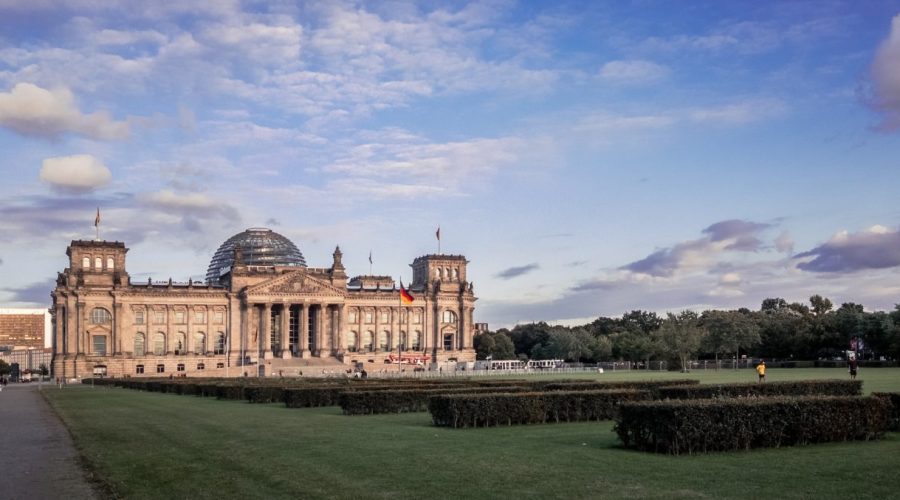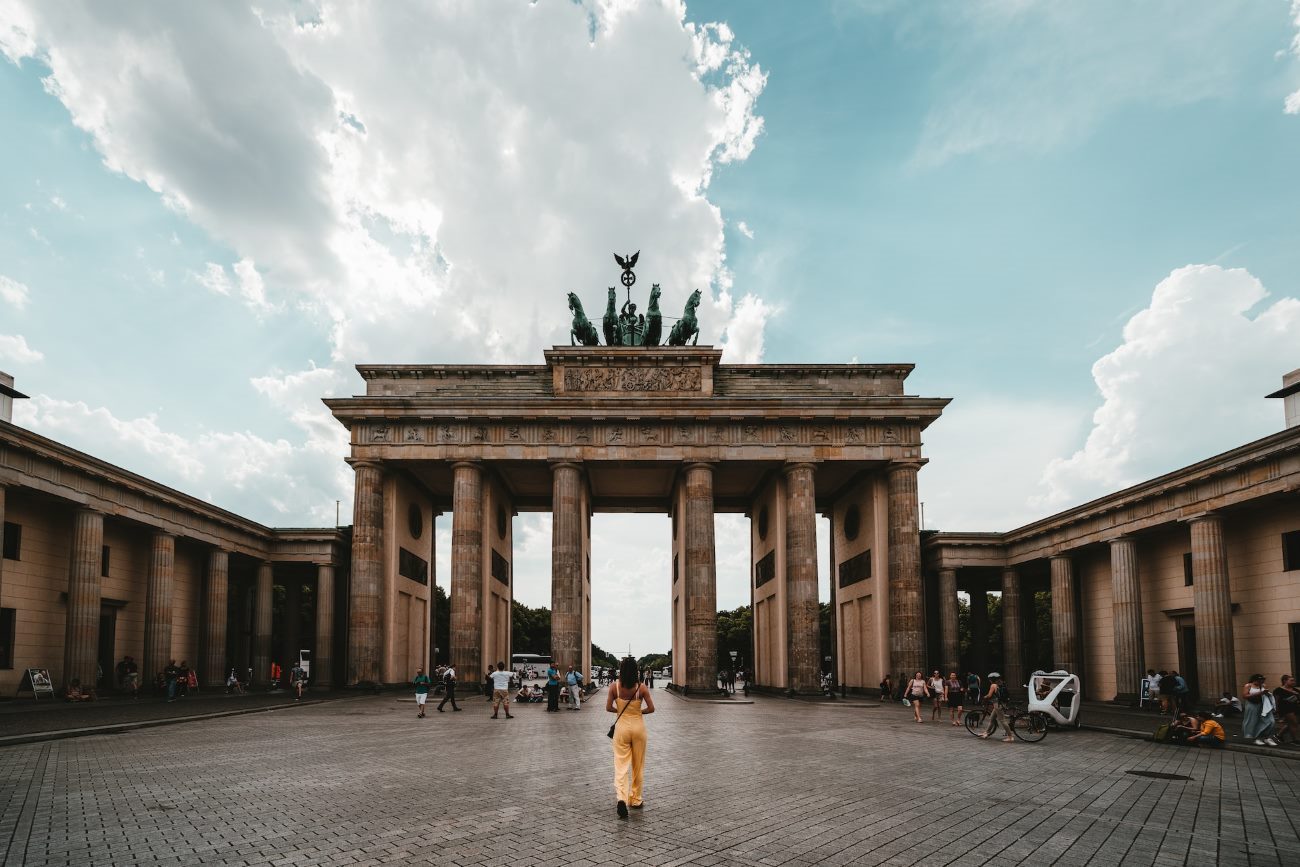Are you interested in visiting the Berlin Wall?
The Berlin Wall stands as an important historical structure which annually welcomes numerous tourists. The Cold War’s famous barrier welcomes those who seek an introduction to its historical significance at this point. This blog post contains detailed information about going to the Berlin Wall together with practical advice for your journey.
1. The historical background of the Berlin Wall requires understanding among visitors
Information about the history of the Berlin Wall must precede your visit to the site. When East Germany built the Berlin Wall in 1961 they instantly tore apart East and West Berlin which separated numerous families and communities automatically. This historic barrier became the main material representation both of this global divide as well as the opposition between liberal capitalism and communist ideology.
Your visit to the Berlin Wall will benefit from prior research about this historical structure. Various internet materials such as books and documentaries provide extensive coverage about this topic. Learning about the essential value of this monument will deepen your admiration for it.
2. Finding the Berlin Wall
Some sections of the Berlin Wall still persist throughout Berlin since its demolition in 1989. These fragments act as powerful reminders of Germany’s tumultuous past.
The East Side Gallery stands as one of the most popular Berlin Wall sections that visitors can easily access. The East Side Gallery occupies a 1.3-kilometer riverfront section of the Spree where artists from different parts of the world have created colorful mural artwork. All enthusiasts of contemporary art alongside history buffs should put this location at the top of their Berlin itinerary.
Visitors cannot miss two main attractions which are the Berlin Wall Memorial together with the Checkpoint Charlie Museum. The sites provide detailed historical information about the Wall by displaying exhibitions alongside informative displays with preserved sections.
3. Planning Your Visit
The following points serve as essential factors for planning your tourist visit.
A. Time of Visit
You will encounter large crowds at Berlin Wall locations particularly during popular tourist times. Plan to explore the sites either on workdays or at dawn to enjoy smaller visitor crowds. The sites will be easier to enjoy because of this planning approach.
B. Weather
Look up weather predictions before you go to pick clothes which will keep you comfortable at the sites. People visiting Berlin need to expect changing weather conditions by packing versatile clothing since both water and sunlight may appear during different times of day.
C. Getting Around
Public transportation provides an ideal solution to explore Berlin city. Berlin operates a modern subway and bus system which lets you access Berlin Wall locations. использования онлайн карты и пассажирского жетона планируйте свой маршрут для kazanç эффективного времени.
4. Exploring the Berlin Wall Sites
Devote sufficient time to honor the historical value of Berlin Wall monuments when you reach the sites. Walk along the East Side Gallery while observing the meaningful artworks painted across its entire surface.
Experience the Berlin Wall Memorial to witness firsthand the vital stories from the difficult period of history. You will obtain enhanced knowledge about how the Wall affected the people living there and their communities.
The Checkpoint Charlie Museum displays complete exhibitions about all escape attempts and narratives of tragic Wall existence situations. Users should interact with technology-based features to see how life was for residents living under Wall restrictions.
5. Reflecting on the Experience
Devote time after your visit to Berlin Wall to realize what you learned from this experience. Your experience at Berlin includes paying attention to historic narratives alongside art discovery and learning from historical records. Today the Berlin Wall remains an enduring symbol which teaches people about freedom and unity together with human endurance.
Take the opportunity to tell others about the historic-cultural worth of the Berlin Wall while describing your personal experiences with it. Shared conversation combined with storytelling efforts will help preserve memory of this historic monument which future descendants need to learn its important life lessons.
A trip to the Berlin Wall offers visitors a moving educational learning opportunity. A deep understanding of the Berlin Wall emerges through exploring its historical background while carefully preparing visits and viewing different sites within the area. So, what are you waiting for? Make preparations for your Berlin travel and experience historical immersion.
Table of Contents



